Openreach Tight Lipped on Proposal for UK EV Chargers Next to FTTC Cabs
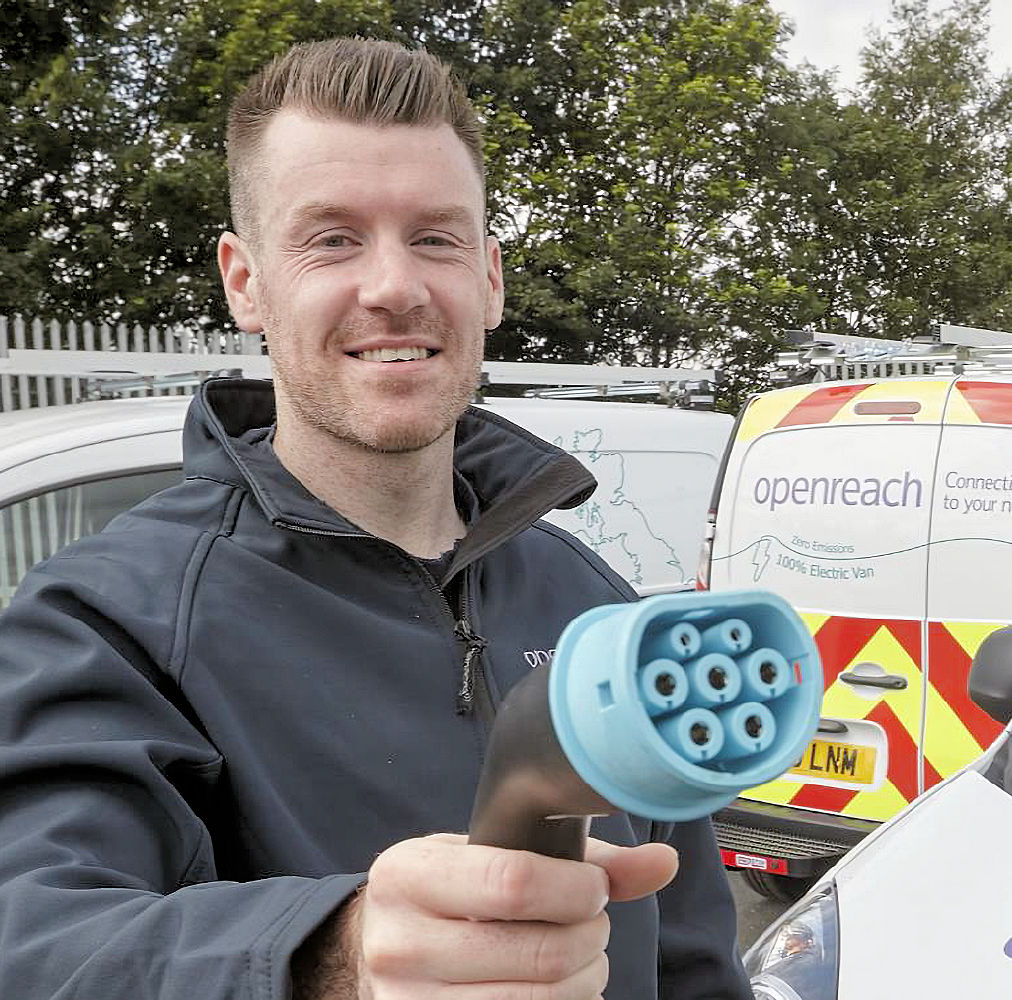
Network access provider Openreach has declined to elaborate on a recently revealed proposal from their CEO, Clive Selley, which confirmed that the UK broadband giant was “exploring whether it’s practical” to deploy public EV chargers next to some of their 90,000 or so FTTC (VDSL2) street cabinets.
The operator is already well-known to be in the process of converting (replacing) all of its diesel fleet to electric by 2030, which reflects around 28,000 vans across the UK that are used for essential work every day. Various models from Renault (here) and Vauxhall (here) have already been deployed, and they currently expect to have just shy of 5,000 EVs by the end of this financial year.
However, Openreach is under no illusion that this will be a difficult task, with their EV Fleet Accelerator Report 2021 pointing to a lack of adequate charging infrastructure. The Charge Point Operators (CPOs) have also cited a lack of demand, while fleet operators point to a lack of van availability and high connection costs at their depots. In addition, there is also no large-scale UK manufacturer of electric vans, which is an issue for companies that are being encouraged to “buy British“.
In fairness, national charging infrastructure is improving, but Openreach want to see it grow at a faster pace. As part of that, they’re already installing home charging systems for employees with a garage or driveway and at their own depots. But that doesn’t work so well in dense urban areas (big cities), where they’re more dependent upon public charging infrastructure.
One way to tackle this might be for Openreach to take a leaf out of Liberty Global and Virgin Media’s book, such as by harnessing their existing street cabinets (i.e. related infrastructure and ducts) in order to deploy a new network of public charging points.
Liberty’s approach is called Liberty Charge (now rebranded to Believ) and Selley recently confirmed, as part of an interview by Richard Tang (CEO of Zen Internet), that Openreach had begun “exploring whether it’s practical” to install charging points adjacent to some of their 90,000 FTTC broadband cabinets. We meant to report on this last month, but forgot due to it clashing with the bank holiday break.
Sadly, Openreach has declined our requests to elaborate on what precisely is being considered, and whether this would be a network that they themselves operate. But as Selley says, it’s “not a daft idea in principle“, since the engineers could use it to charge their vans and then – outside that period – open it up for public use.
Admittedly this isn’t going to work in every area, since not all cabinets are suitably positioned and there may be other obstacles (e.g. issues of council approval, road access, physical location etc.). Likewise, street side chargers need to be kept as small as possible, which means that it would probably only support slower charging speeds (i.e. not super rapid charging). We should point out that FTTC cabinets typically use no more than a few hundred watts, but the power supply could be upgraded.
The fact that Openreach will eventually start removing their FTTC cabinets (e.g. starting in areas where FTTP has been deployed for a while) is another factor, since it’s likely to be much more cost efficient to build EV charging at the same time as that work is taking place.
Mark is a professional technology writer, IT consultant and computer engineer from Dorset (England), he also founded ISPreview in 1999 and enjoys analysing the latest telecoms and broadband developments. Find me on X (Twitter), Mastodon, Facebook and Linkedin.
« Mobile Network Builder BAI Communications Shifts Global HQ to UK
Latest UK ISP News
- FTTP (5539)
- BT (3518)
- Politics (2543)
- Openreach (2300)
- Business (2268)
- Building Digital UK (2248)
- FTTC (2045)
- Mobile Broadband (1979)
- Statistics (1790)
- 4G (1670)
- Virgin Media (1625)
- Ofcom Regulation (1467)
- Fibre Optic (1396)
- Wireless Internet (1393)
- FTTH (1382)





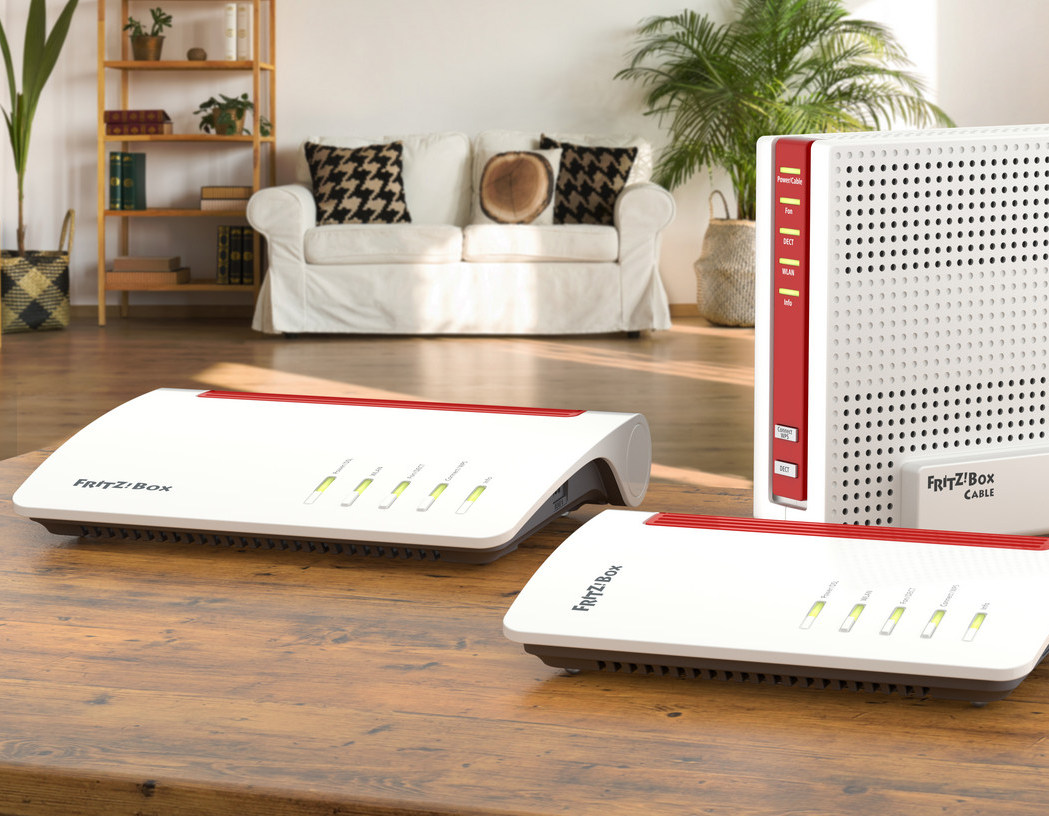




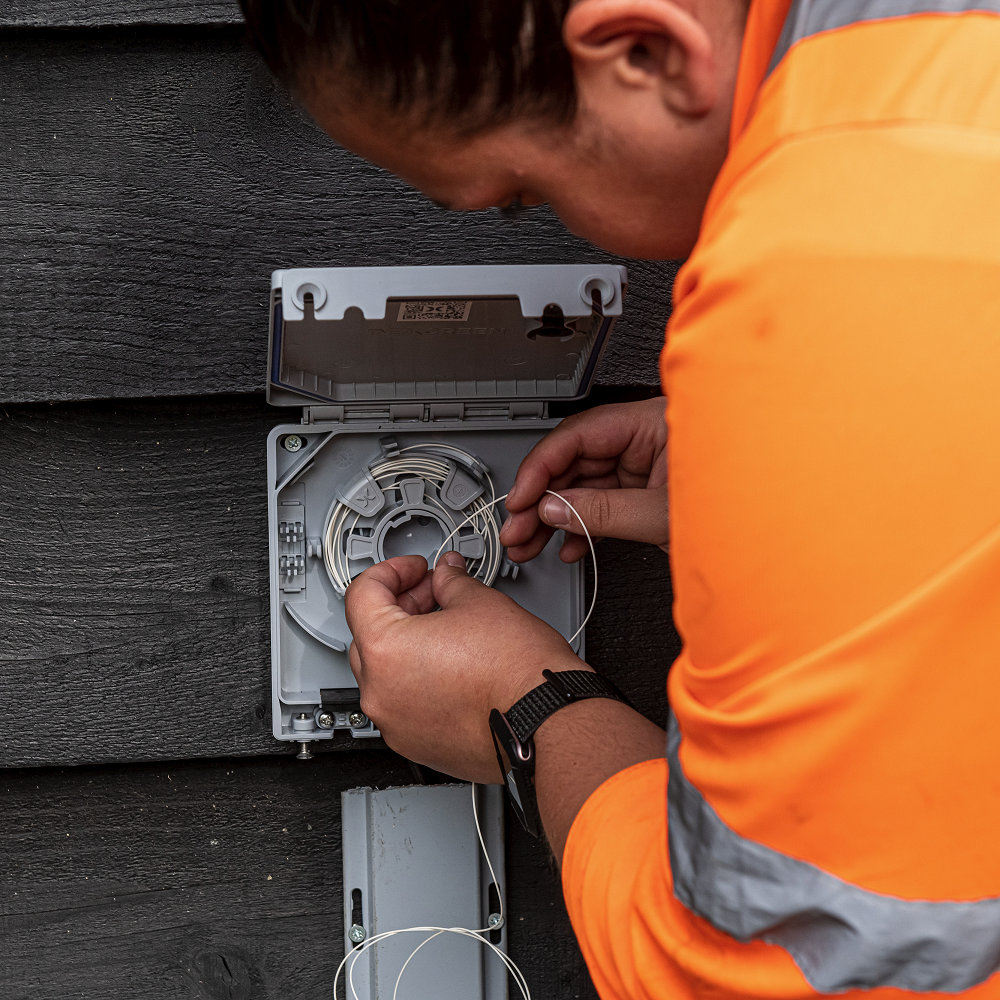

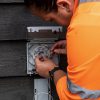

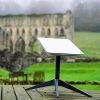
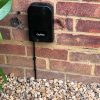






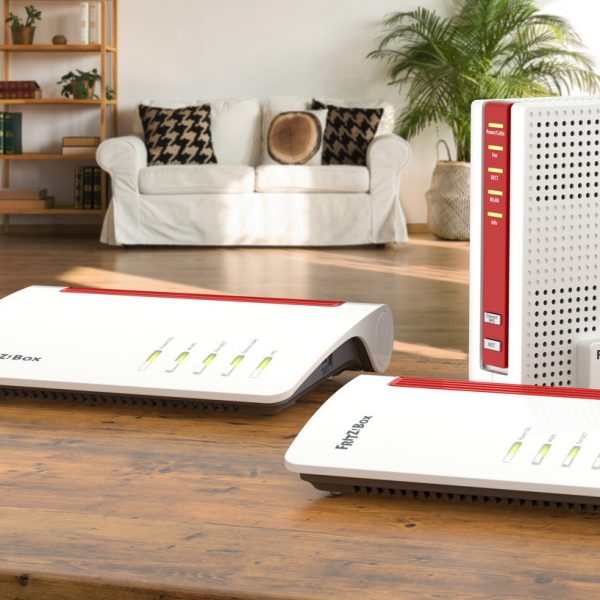



































Does not sound sensible for a number of reasons, First it could cause interference to FTTC, Second most have only a limited power supply to the cainet and third most would involve trrailing a large cable across the footpath
You would imagine they’d copy the Liberty version which would use the incoming power feed to cabinet, but have the charger at the kerb side close to the cabinet. They could also use their duct network to run power to alternative locations, although not sure on the legalities of doing this.
I don’t think interference would be a problem, it’s easy enough to avoid that when you’re only talking about the power supply.
Can’t have mains power and telecoms in the same duct.
Slow charger (similar to lamppost) and a pull up post or two at the kerbline (pull up posts on pilot in Hampstead at the moment, seem to work) might work with minimal civils.
But would only be needed in areas where there was a) nearby housing to the cabinet and b) there wasn’t a streetlighting cable run nearby or a buried electric cable not dedicated to the FTTC cabinet
Ditch EVs and build a Hydrogen network instead
@Jason… I agree completely, Hydrogen power is a much better solution and is the way forward.
One problem with Hydrogen cars is currently in the storage. A Hydrogen fuel station needs to be fairly big (mostly for the storage / control systems) and use a fair bit of expensive equipment, which makes it a challenge to deploy and manage. But most petrol stations in the UK occupy a much smaller space, so you can’t scale them up. If you think that EVs have an issue with charging stations, then Hydrogen is on another scale entirely. But this is off-topic.
I also agree, the Government have dropped the ball on power generation. They should throw everything into Electricity generation, far in excess of the countries needs, and divert any surplus into Hydrogen production and storage. Let the rest of the world fight over rare earth elements for batteries. Vehicles like large lorries and Aircraft wouldn’t work well with batteries anyway
Another fuel that is highly combustible, worse than petrol so I have been told.
EVs are not great either, if they go up in flames, the best thing is to stand back and let it go.
I heard a few weeks ago that with EV being heavier, a lot of the multi story car parks will not be able to cope. We only have one here and that is pretty old now, never made to take the extra weight of EV.
As for the article,I wonder how many cabinets are in the right place? Most I see are away from the side of the road and also in a place where it is difficult park a van to charge.
Why? Despite Toyota developing them for decades hydrogen cars are more expensive and more complicated than EVs. The fuel isn’t brilliant either, electrolysis (green hydrogen) is very inefficient (40%). The reports back from Germany on their hydrogen trains aren’t positive either.
Hydrogen’s future is in long haul trucking and possibly aviation. Going back to this article hydrogen stations would be far too difficult for Openreach, EV stations are pretty simple.
In my opinion, the easiest way for a country to attract industry is through cheap energy. Industry will build stuff where the energy and human resource costs are lowest and since more and more production lines are automated, energy costs will likely take priority.
The world will battle for access to rare earth elements for use in EV, and energy storage batteries, it seems to me that piling massive investment into energy generation and using surplus to produce hydrogen is a win win for the UK, since we lack natural resources and will have to import from others at a price. The hype around EV’s shouldn’t prevent alternative technologies being developed.
You lose about 40% of the energy in conversion from electricity, to hydrogen and back to electricity to power a fuel cell vehicle.
Electricity prices are already high enough – why not cut out the middleman and put the electricity into a battery directly?
EVs are already 20% of new cars sold in the UK so plenty of people already happy with the benefits & downsides of a battery.
The EV madness has gone to the point where Cardiff council has replaced their fleet with EVs but is using diesel generators to power them. When dumb ideology meets dumb execution and gets elected into power. Expect more of this
The sensible approach in my view is Electric Boilers. They are available and are slightly smaller and cheaper than gas boilers and do not need a flue so more flexibility as to where they can be fitted
Much safer than gas as well and they are about 10% more efficient
The disadvantage is currently electricity is a lot dearer than gas. The claimed cost of energy from wind turbines though is said to be similar to that of gas, You would also cut out the gas standing charge
In most case a new circuit would be needed back to the consumer board but that’s no more than £200
You could longer term do away with the gas network saving billions a year. It could then be used to run fibre in
Another problem is wind is intermittent Two potential solutions uses excess wind energy to produce hydrogen or use it to compress air
The second looks to be the better option as the compressed air is used to drive the power station turbines directly. Compressed air is also a lot safer
The inverted node count is, thankfully, minimal as inverted nodes aren’t a part of the normal RFoG architecture they’re a workaround.
One thing not looked at for cars is compressed air, Far safer then hydrogen. I don’t think much work has been done on that. Specialised vehicles though are available that run on compressed air. These are typically used in mines where the risk of explosion from petrol is high plus you have the problem of fuel
Bob: “The sensible approach in my view is Electric Boilers.”
Ah well, that’s because you don’t know anything about how the electricity system operates, nor what UK instantaneous heat demand is during a cold spell. I’ve worked in the industry, I’ve looked at the future of heating, and electric boilers are only a solution if the question is “how do I boil water for a cup of tea?”.
Putting it simply, if we relied on electric boilers for heating, then we’d need something like eight times our current electricity generating capacity to cover peak winter heating demand, and we’d need to upgrade the entire electricity distribution system to support a broadly similar increase in average and peak current. Over and above that, the pricing model for the wholesale power market would reform as simply a profile against actual ambient temperatures, with interesting results like a partial reversal of off-peak electricity pricing (think dis-economy seven).
Mind you, nothing is too stupid for this country’s politicians to support, if it can be labelled as helping on their mad, panicked stampede for “net zero”. On current progress it’ll be net zero industry and net zero jobs long before it’ll be net zero CO2.
@Bob, so electric boilers are not a sensible idea if they cost more to run than gas. i like my gas boiler, If I had electric it would cost more money to heat the house up in the winter. I was surprised that when it was replaced last year, they put another gas one in since the government to get rid of gas boilers. quicker to replace i suppose since all the fittings are there, needed to change the flue as it is a smaller boiler than the last one
Too bad for you peasants, you will replace your efficient gas boilers to the expensive electric ones. How dare you even try to rent out your homes without a perfect EPC score and an electric boiler. Because it is for your own good and also holy Greta Thumpbrain and it makes the weather gods happy!
@Jason: “Ditch EVs and build a Hydrogen network instead”
It isn’t a case of either/or as we need multiple means of providing power for vehicles, cooking and heating. So, we’ll have battery EVs, hydrogen fuel cell EVs, hydrogen internal combustion engines (mostly for commercial uses but still under development) and hydrogen for cooking and heating. The national gas grid is a huge asset and the mixing of 20% hydrogen with natural gas will reduce a significant carbon emission per year, equivalent to emissions from 2.5 million cars, without modifying people’s cookers, boilers, or heating systems. There are major issues with hydrogen, though, including the cost of producing green hydrogen and major upgrades to the grid to carry it.
Roger_Gooner: “So, we’ll have battery EVs, hydrogen fuel cell EVs, hydrogen internal combustion engines (mostly for commercial uses but still under development) and hydrogen for cooking and heating.”
Laughable tree-hugger eco policies, based on no energy system modelling, no understanding of grid dynamics, no understanding of energy or infrastructure economics. Pray tell, where’s all that electricity for EVs coming from, and hydrogen for heat and commercial vehicles? And how will that affect UK standards of living in a global energy market? Note that I’ll also require you to explain where that AFFORDABLE leccy and hydrogen are coming from.
I thought they were going to get rid of these cabinets in the next few years?]
Some will go, a lot won’t. When the cabinet goes, the power supply can be kept, to feed the EV charger situated a few metres away.
You could still get rid of the cabinets and have an EV charger attached to the original supply, so I suspect it won’t have much of an impact (charger will be separate from the cab itself). But in any case, they might only be able to do EV charging with a smaller portion of that 90,000 cabinets.
Equally, they could just leave a lot of cabinets in their place, even if unused. I see a lot of defunct cabinets from different operators.
For fast charging it is unlikely the supply will be adequate
Generally with street charges they use a supply from a lamposts
With most FTTC cabinets like lt to become redundant it does not seem to make a lot of sense
Openreach use the LV feed in the street so they’re getting the same power that local properties do. The DNO taps off the LV cable that’s feeding the local properties most of the time, though I’m sure there’ll be exceptions.
Assuming the grid capacity is there they should be able to draw 100 amps in a similar way to modern residential properties.
Obviously still not the fastest charging but 100 amps will give you 24 kW. Could be worse.
Or I could be writing total nonsense and someone with a more solid background will pop up to correct me. Either way the correct information gets here.
It isn’t only Openreach which will have redundant power supplies as Virgin Media’s RFoG network utilises inverted nodes which are powered. When the migration to XGS-PON is done these inverted nodes will be removed and the nearby power cabinets will therefore no longer be needed as well, but in some cases it may be feasible to repurpose the power cable for EV charging. For the HFC network the power cable for any redundant optical node cabinet might also be a candidate for similar repurposing.
I just remembered that those powered MSANs will be redundant as well once VoIP is in place.
The inverted node count is, thankfully, minimal as inverted nodes aren’t a part of the normal RFoG architecture they’re a workaround.
They’re also awful for a couple of reasons.
Never use EV charger next to FTTC cabinets – know why? Interference to FTTC lines and cause massive issues with DLM trigger.
STUPID MOVE OPENREACH!
Phil: why are you always so angry?
What a load of nonsense Max/phil.
The FTTC cabinets don’t run on fresh air. There’s already power there. As long as the power is kept separate from the tie pairs (it would be) there would be no issue.
Gfast Dslams have mains power running to them. The red hybrid cable you may see in the PCP carries the power. How much interference is there currently?
Seems like a sensible plan to me.
Phase 1 – slower charging for their own vehicles for field technicians to use whilst on site.
Phase 2 – When local cabinets are decommissioned due to the copper network being phased out, Openreach have a new “tenant” for their sites. Power can be upgraded and charging offered to the public.
EVCFTC = Electric Vehicle Charging From The Cabinet.
A huge problem is the local grid is not designed to deliver that amount of power
The local grid is from the local substation to the homes and lamp posts etc. Home typically have a 100A supply. A local sub station typically serves a few hundred homes The local sub station though will not be capable of delivering 20,000A. The whole local network is likely to be upgraded at massive costs if EV’s be and Heat pumps become the norm.
I notice there is a lot of comments about power generation, one notable one about Cardiff. Yes the infrastructure is nowhere near supporting full EV charging etc but not one of you has mentioned modular neuclear reactors which are expected to be available from 2030. https://www.rolls-royce.com/innovation/small-modular-reactors.aspx#overview This is the way forward to back up wind and solar.
The UK is now burning coal because there’s no wind and apparently some solar panels are melting. No one but looney leftists like the ones in the green party are against nuclear
Alun: the main issue is that the grid is centred around relatively few sites producing electricity. We don’t have the network to have many smaller sites producing it and distributing it to where it needs to be.
The grid is pretty close to the edge just from the distributed generation from renewables.
Sam: If you hate the planet so much feel free to have your body follow your mind and live on another one physically as well as mentally.
@Alun Cox: Unfortunately, nuclear as “backup” to renewables is the stupidest idea ever. Whilst you can moderate nuclear plant output, it makes zero difference to costs or nuclear fuel rod longevity. So if you’re proposing nuclear to support the often unreliable renewable output, you may was well go for a full nuclear option as the costs are the same and the reliability is higher.
But hey, what do I know, just spent a decade and a half working on these topics in the energy industry.
Sam, solar panels aren’t melting, they have slightly reduced efficiency at high temperatures. The reason coal is needed is because a grid connector to Norway is undergoing repair and isn’t importing as much power as usual.
If the industry can find ways to harness tidal power reliably and without significant ecological impacts then the UK should be sitting pretty for a source of zero carbon energy. The tidal range and tidal flows that the UK has around it’s coastline are significant and are available 24/7 assuming you deploy at various places around the coast.
Already looked at ad infinitum. There’s some excellent technical assessments of the UK’s tidal energy potential, if you read them you’ll quickly find that tidal is at best an expensive and intermittent part of the energy mix with modest average yields. Yes, you can work out when it is available years in advance, but fat lot of good that is when output peaks at 3am in the morning (or indeed any period of low net demand on a mixed renewable, nuclear and fossil system). Factor in massive capex (and ignoring environmental hits) and it’s pretty clear that tidal is unfortunately a pipe dream under current technology and economics.